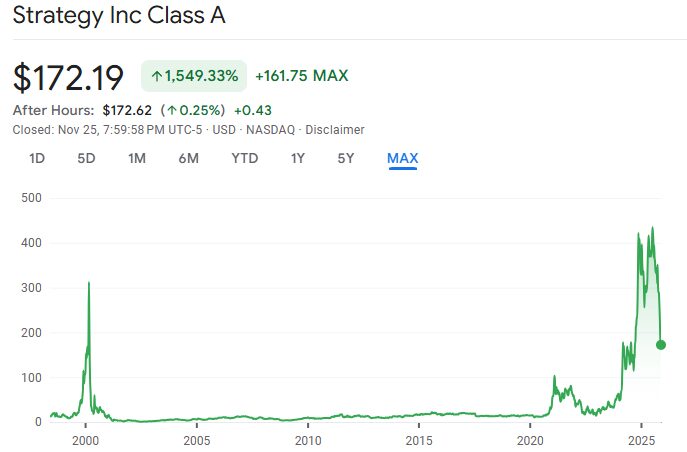"Chainlink's Influence in Crypto Compared to Interlink's Challenges: Similar Tickers Cause Investor Hesitation"
- Chainlink (LINK) is highlighted as critical infrastructure for blockchain adoption, enabling cross-chain interactions and RWA tokenization via modular middleware. - Grayscale emphasizes its role in bridging traditional finance with decentralized systems, driving LINK's market cap growth to top non-L1 crypto asset status. - A 2025 cross-chain DvP pilot with JPMorgan and Ondo Finance demonstrates Chainlink's potential to scale institutional-grade tokenized asset settlements. - Ticker confusion with Interli
Chainlink (LINK) has established itself as a key infrastructure layer supporting blockchain integration, making it a prime target for investors interested in the evolution of tokenized finance. Grayscale Investments, a leading asset management firm, recently highlighted that
The movement to tokenize real-world assets (RWAs) is becoming a significant catalyst for Chainlink’s growth. At present, most financial instruments, such as stocks and property, are still managed on traditional, off-chain systems. To benefit from blockchain’s automation and transparency, these assets need to be digitized, authenticated, and linked to real-world data—a process
One significant milestone was the June 2025 cross-chain delivery-versus-payment (DvP) pilot, which involved Chainlink, JPMorgan’s Kinexys platform, and Ondo Finance. This initiative connected a regulated banking payment network with a public blockchain test environment,
Nevertheless, the LINK ticker for Chainlink has led to confusion with Interlink Electronics (NASDAQ:LINK), a different company in the IT industry. Recently, a director at Interlink Electronics
With institutional interest in tokenization on the rise and Chainlink’s infrastructure becoming increasingly important, the prospect of an ETF based on LINK is growing. While Grayscale has faced regulatory challenges with its U.S. Bitcoin ETF application, its optimistic outlook on Chainlink indicates it may consider similar approaches for LINK-focused products. Still, investors should be mindful of the overall volatility in the crypto sector and the unique risks associated with individual projects.
Disclaimer: The content of this article solely reflects the author's opinion and does not represent the platform in any capacity. This article is not intended to serve as a reference for making investment decisions.
You may also like
Bitcoin Updates: Bitcoin Approaches $90k Amidst Economic Challenges as Institutions Seek Protection and Projects Drive Innovation
- Bitcoin surged past $90,000 in Nov 2025 amid JPMorgan's Bitcoin-backed structured notes tied to BlackRock's ETF, signaling institutional adoption. - Bitcoin Munari's $0.10-$3.00 presale with 21M fixed supply and Solana deployment highlights innovation in digital asset scarcity models. - Analysts remain divided on Bitcoin's trajectory, with $80,000 support level critical for avoiding further declines toward $75,000. - JPMorgan's leveraged ETF-linked notes (up to 16% returns) demonstrate institutional risk
The ZK Protocol Boom: Unveiling the Driving Force Behind the Latest Surge
- ZK Protocol's 2025 market surge reflects $28B TVL and 43,000 TPS scalability, driven by zero-knowledge proofs (ZKPs) addressing blockchain's scalability-privacy tradeoff. - Institutional adoption by Goldman Sachs and Deutsche Bank highlights ZK's role in compliance frameworks, with StarkNet's 200% Q4 TVL growth and 70% gas fee reductions. - Regulatory alignment emerges as key strength, with ZK-based solutions enabling EU DSA compliance and CISA-mandated data integrity through cryptographic verification t

Is DAT Boom Collapsing? All Eyes on MSCI’s Deadline

Bitcoin Updates: Senate Decision on Crypto Approaches While ETFs Lose $3.5B and Market Liquidity Declines
- A $101M crypto futures liquidation in October triggered a 30% Bitcoin price drop, marking the largest single-day selloff since 2022 amid ETF outflows and macroeconomic uncertainty. - $3.5B in November ETF redemptions and $4.6B stablecoin outflows highlight liquidity tightening, while leveraged traders face heightened volatility risks as retail investors retreat. - The U.S. Senate's upcoming crypto market structure bill could redefine regulatory clarity, potentially attracting institutional investment if
